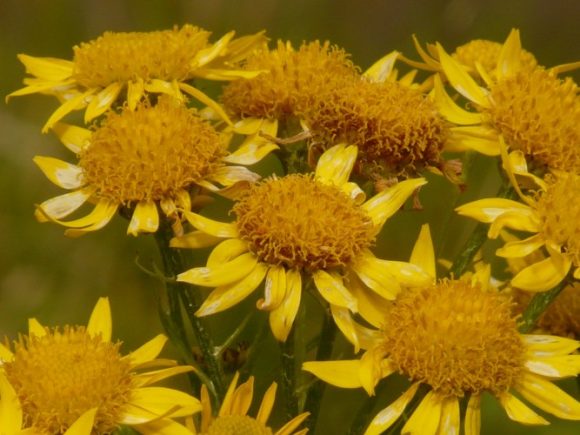All posts tagged arthritis
Ginger Flowers For Arthritis
Ginger flower, commonly known as torch ginger flower, torch lily, red ginger or wild ginger, and botanically known as etlingera elatior, is a flowering plant native to Asia, and specifically Malaysia. Continue reading [...]
Arnica For Arthritis Pain: Is It Effective?
Arnica Montana, commonly known as arnica, leopard’s bane, and wolf’s bane, is a perennial plant occurring naturally in North America and Europe. It produces yellow-orange blossoms similar to daisies and is fondly referred to as “mountain daisy”. Continue reading [...]


